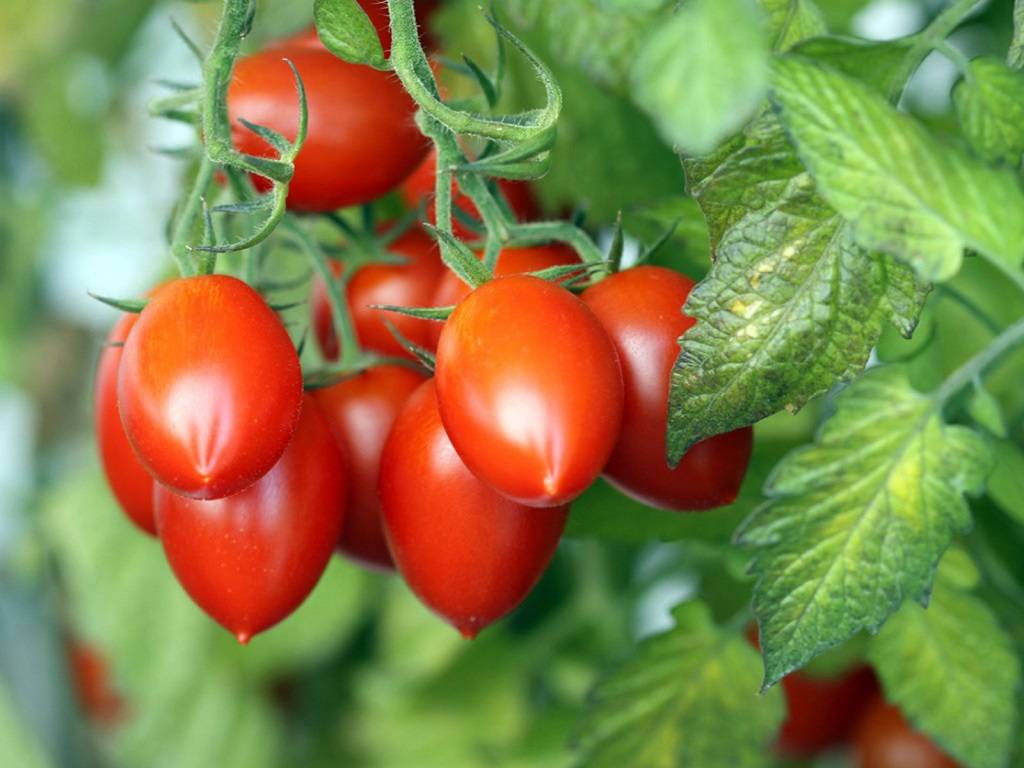
If you love fresh tomato sauce then grow Roma tomatoes in your garden. If you grow and care for Roma tomato plants, you'll have the perfect tomato for making delicious sauces. Let's have a look at some tips to grow Roma tomatoes. It must be noted that Roma tomatoes are high in vitamin A and C, eating them is not only delicious but healthy too.
Roma tomato also known as the Roma plum tomato is widely used for canning and making tomato paste because of its slender and firm quality. Roma tomatoes have a rectangular shape and a huge size for their size. They're also firmer than a non-Roma tomato or a paste tomato. It is also known as Italian tomatoes or Italian plum tomatoes and can be easily bought from stores in several countries.
How to grow Roma Tomatoes
-
You may start Roma tomatoes from seeds or acquire seedlings from your local nursery for growing them.
-
Roma tomato plants need a long growing season to thrive. They should be started 6 to 8 weeks before the latest frost date inside. For best results, sow the seeds about ½ inch deep in moist, well-drained soil
-
Use artificial lights or place the seedlings near a south-facing window. Seedling stems will stretch and tilt over if not given enough light.
-
Caring for Roma tomato plants is the same as caring for regular tomatoes. Most of the tomatoes need enough water, organic-rich soil, and to be raised off the ground.
-
When planting, tomatoes use a balanced, slow-release fertilizer. Throughout the season, you can also apply compost or manure. Alternatively, every 2 or 3 weeks use a liquid fertilizer. However, stay away from high-nitrogen fertilizers. They promote foliage growth but have a negative impact on tomato Roma fruit quality.
-
After you've planted your Roma tomato plants, water them at least once a week. When your Roma tomato plants reach a height of 6-12 inches, begin staking them off the ground (15-30.5 cm).
-
Pruning: Roma tomatoes do not require pruning because they are a bush type. Instead, trim the plant's perimeter to remove any undesired or broken sections. But keep in mind that excessive cutting might result in lower yields.
-
Weeding: Use a garden hoe or spade to softly cultivate immature weeds before they become a problem. Make sure you just dig deep enough to get rid of the weeds below the soil surface. But not so far that the roots of your tomatoes are harmed.
-
In around 70 to 80 days after planting, your tomatoes will be ready to harvest. The Roma tomato is a determinate plant, which means that all of its fruits ripen at the same time. This is a significant benefit, particularly if you're producing sauces. That's why they're so good at making paste tomatoes.
Controlling insects and plant diseases
Roma tomatoes are resistant to a variety of diseases and pests, making them an excellent choice for a beginning gardener or someone planting in a pest-prone location. Fusarium wilt and verticillium wilt are two frequent illnesses that afflict garden plants and most types are resistant to both.










